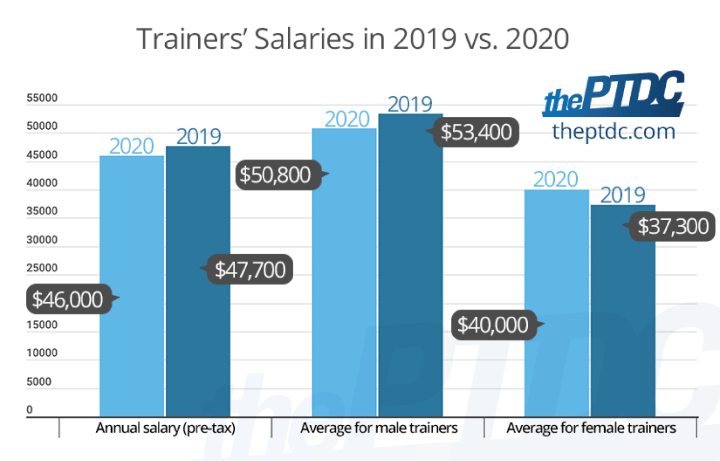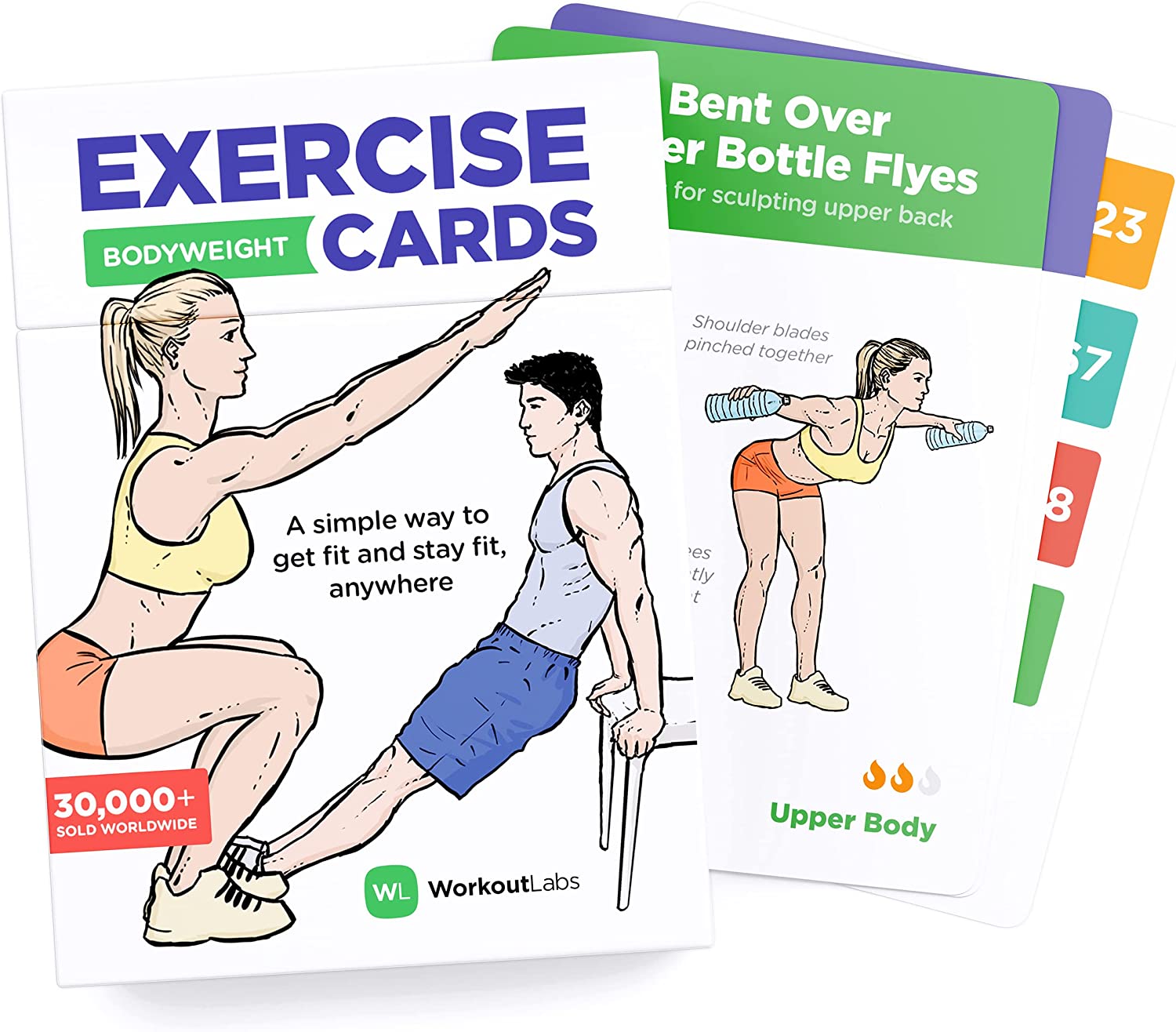
A functional fitness workout will improve your coordination, strengthen several muscles at once, and stabilize your core. No matter your age, gender, preferred training method, this type of exercise is important for daily life. It is also beneficial for balance. You can read on to find out more about the benefits and how functional fitness works. Here are some ways to get started.
Functional fitness training improves coordination
Functional fitness training incorporates non-sagittal movements and compound movements into a workout program. This type of training is an important part of functional fitness. It can improve coordination and balance. It also stresses the importance strengthening stabilization muscle, which is smaller but requires limited ranges. These muscles can be trained properly to improve movement efficiency and avoid injuries.
In addition to coordination and balance, functional training also increases body awareness. Functional training increases kinesthetic awareness and can be used to train different muscle groups simultaneously. The movement improves one's overall strength, endurance, and coordination.

Stabilizes your core
Functional fitness routines require core stability. Strong core stability will relieve pressure from your spine and protect it against the forces experienced by your body in daily activities. This is particularly important when you perform exercises that require you to lift heavy objects. For heavy squats, you will need to strengthen your core and push through your legs. You run the risk of making unwanted movements that could result in injury.
It increases your movement efficiency and helps to prevent injuries, particularly in occupational and sports activities. Also, strong core muscles will reduce lower back pain.
Multi-muscle strengthening
A functional workout is an exercise regimen that targets multiple muscles at once. This type of exercise is based on your daily activities and focuses on building muscles that will help you accomplish your daily tasks. This is a great exercise to strengthen multiple muscles, and it also gives you a complete body workout.
Another great benefit of functional fitness is that it can be easily incorporated into your schedule. You don’t need special equipment and can train wherever you are. This type is ideal for people who don’t want to devote their time to traditional gyms. It can help you increase your strength and endurance, and it can help you improve your cardiovascular fitness.

Balance improves
An important part of a good physical fitness program is improving balance. It helps your body maintain a healthy balance. This is vital for all activities. This exercise helps with flexibility and coordination. It may include light cardio or strength training, and can also include tai chi or yoga.
The exercise requires participants to stand on only one leg for up 30 seconds, while keeping their feet on a firm support surface. Then, alternate their legs. Repeat the exercise with each leg three to five additional times. After mastering this exercise, they will be able to continue doing other daily tasks standing on one foot.
FAQ
What does exercise do for your body?
Exercise can help you lose weight, increase muscle mass, improve energy levels, reduce stress and improve your sleep quality. Exercise has many benefits, including improved moods, higher self-esteem, greater productivity, and lower risk of heart disease.
Do I lose weight if I exercise?
Yes. Regular exercise will help you to lose weight by burning extra calories. Exercise also helps keep your metabolism up, so you continue to burn calories even when you aren't exercising.
What if I am exercising and want to eat?
Yes. Yes. You can eat whatever you want while you exercise. You should choose low-calorie snacks, such as watermelon (carrots, celery), apples, bananas and grapes. These foods contain nutrients that help you perform better during workouts.
Can I exercise after eating?
It all depends on the type of exercise that you are doing. Avoid strenuous exercise after meals as it can cause stomach cramps. Instead, focus on light aerobic activities like brisk walking or biking.
Statistics
- Globally, 81% of adolescents aged 11-17 years were insufficiently physically active in 2016. (who.int)
- In 2018, the World Health Assembly agreed on a global target to reduce physical inactivity by 15% by 2030 and align with the Sustainable Development Goals. (who.int)
- In high-income countries, 26% of men and 35% of women were insufficiently physically active, as compared to 12% of men and 24% of women in low-income countries. (who.int)
- According to the Centers for Disease Control and Prevention, chronic diseases cause 7 out of 10 deaths in the U.S., and treating chronic diseases accounts for 86% of U.S. healthcare costs. (mana.md)
External Links
How To
How To Burn Belly Fats Faster
When we are trying to lose weight, belly fat is often seen as a problem. But if you think about it, Belly Fat is actually a good thing. Your organs are protected by the fat around your stomach. Let's learn how to quickly burn belly fat.
Stress and inactivity are two of the major factors that cause us to store body fat. The cortisol hormone stimulates stress which makes us hungry. Cortisol can increase insulin levels in the blood. The insulin stores the excess calories as fat. A lack of sleep leads to adrenaline being released into the system which causes an increased appetite. These extra calories can be broken down by exercising.
There are many ways to reduce belly fat. You can choose to try any of these options, depending on your budget. Here are some quick tips to get rid of belly weight.
-
Reduce the amount of food you eat. You should eat smaller meals throughout the day than you would if you ate three big meals. This will result in fewer calories.
-
Make sure you drink plenty of water. Water flushes out toxins from your body and keeps you hydrated. Drinking water before meals will help you feel fuller for longer, so you don't overeat.
-
Avoid unhealthy snacks. If you're looking for quick fixes, snack foods like chips, cookies, candies, etc. These tempting snacks might look appealing. Avoid these unhealthy treats. They are full of empty calories, too much sugar, and can be very fattening. Instead, choose healthy alternatives like fruits, veggies, nuts, seeds, and whole grains.
-
Three times per week, strength training is recommended. Strength training builds muscle mass that burns more calories, even when it is done while you rest. Strength training strengthens bones, muscles and ligaments. It can also improve the heart, lungs, joints, and other body systems.
-
Walking or stretching is a good habit to do regularly. Stretching can improve flexibility, mobility, and reduce back pain. Walking for 30 minutes is a great way to burn calories.
-
Reduce alcohol intake. Alcohol adds empty calories to your diet and has no nutritional value whatsoever.
-
You can lose weight slowly. First, determine your current weight. Add 5%-10% of your total bodyweight to calculate your ideal size. Once you have determined your ideal weight, you can start to reduce your calorie intake by 500-1000 calories per day until you reach it.
-
Avoid processed foods. These foods are high in salt, sugar, preservatives, and other harmful ingredients. Although they are convenient, processed foods don't have enough nutrients to sustain your health.
-
Don't skip breakfast! Consuming breakfast increases concentration, memory and energy levels. Include protein (like eggs) and fiber, like oats, in your breakfast.
-
Have regular bowel movements. Gas and bloating can result from irregular bowel movements. To prevent this, drink plenty of water and increase fiber intake.